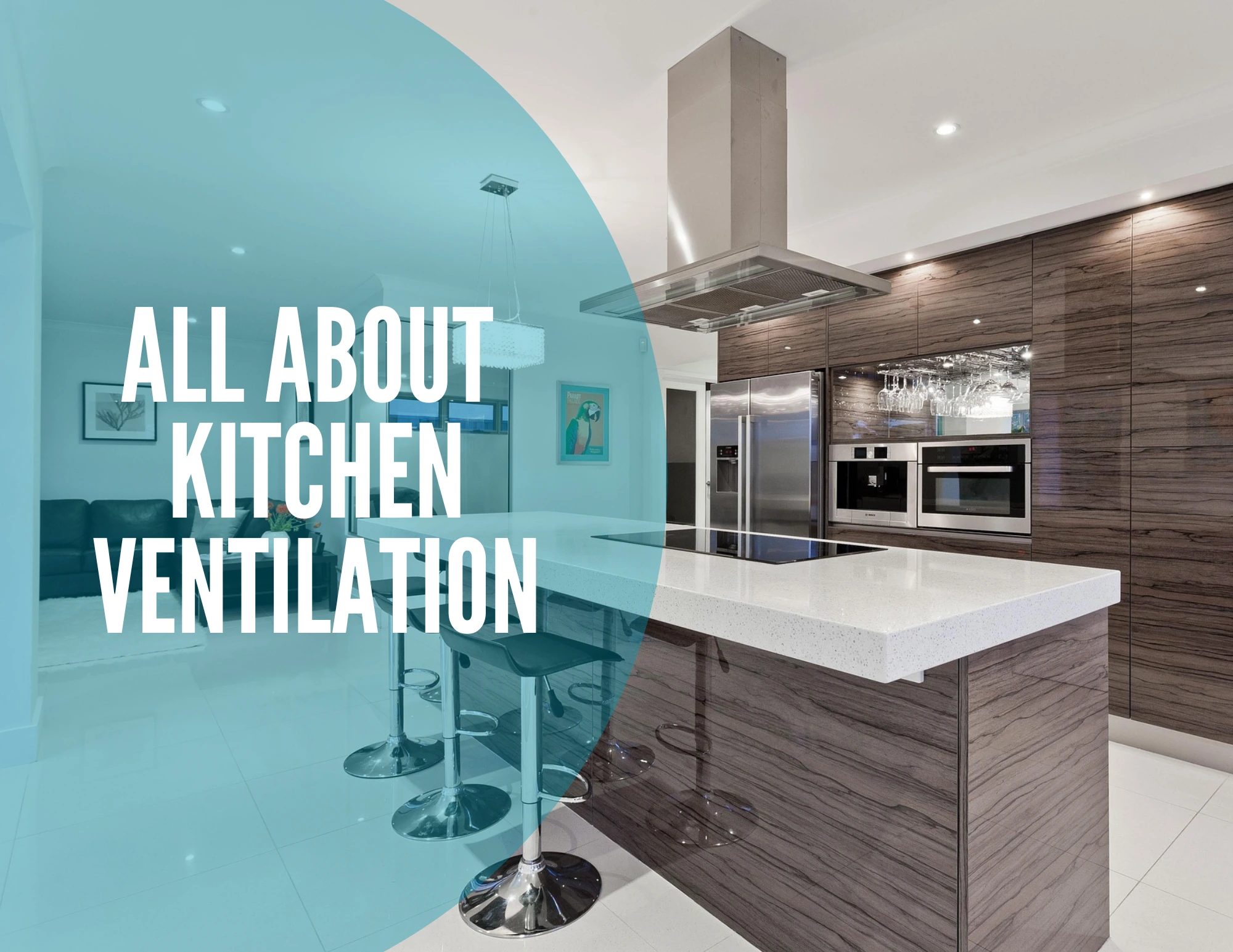
The Efficient Kitchen: Understanding the Work Triangle
The kitchen triangle connects the three main work areas: the sink, the cooktop, and the refrigerator. This design principle promotes efficiency and ease of movement. This guide explains the kitchen triangle’s function, benefits, and ways to optimize its use in your kitchen design.
Kitchen Triangle Basics
The kitchen triangle represents the path between your sink, cooktop, and refrigerator. Each leg represents the distance between two of these appliances. A well-designed triangle minimizes wasted steps during meal preparation. It creates a streamlined workflow for tasks like chopping vegetables, transferring ingredients to the stove, and cleaning dishes. This concept helps ensure functionality and reduces wasted time in the kitchen.
Imagine preparing a simple meal. You retrieve ingredients from the refrigerator, wash them at the sink, then move to the cooktop to begin cooking. The kitchen triangle dictates the flow of these actions. An efficient triangle reduces unnecessary walking, making cooking easier and more enjoyable.
Click here for more information on kitchen cabinet refacing Toronto
Related Article: What Is The Kitchen Triangle Concept?
Related Article: What Has Replaced The Kitchen Triangle?
Related Article: Does The Kitchen Triangle Still Work?
Variations for Different Layouts
The classic triangle adapts to various kitchen layouts. Here are some common examples:
U-Shaped Kitchen:
The sink typically sits at the base of the “U,” with the cooktop and refrigerator on opposite sides.L-Shaped Kitchen:
The cooktop and sink commonly reside on perpendicular walls, with the refrigerator anchoring the other end.Galley Kitchen:
Appliances typically line up on two parallel walls, creating a linear workspace. Designers often place the sink and cooktop on one side and the refrigerator opposite.Island Kitchen:
The island can incorporate one of the work centers, such as the sink or cooktop. The other two points of the triangle remain on the perimeter cabinets.
Related Article: What Is The U Shape Kitchen Triangle Rule?
Related Article: What Is The Ideal Kitchen Triangle?
Obstacles and Considerations
While the kitchen triangle offers a useful guideline, consider potential obstacles. Traffic flow through the kitchen can disrupt the work triangle’s efficiency. If a walkway intersects the triangle, meal preparation becomes less efficient. Island placement also influences the triangle. A poorly positioned island can impede movement and create an inefficient work zone. Consider doorways, hallways, and high-traffic areas when designing your kitchen layout.
Addressing these challenges enhances the kitchen’s functionality. Strategically place appliances and islands to minimize interruptions and optimize the triangle’s flow. A well-planned kitchen layout promotes a smooth and enjoyable cooking experience.
Related Article: What Is The Golden Triangle In The Kitchen?
Related Article: How Does The Kitchen Triangle Work?
Benefits of an Optimized Kitchen
A well-designed kitchen provides numerous benefits. It promotes efficiency, reducing the time and effort spent preparing meals. It improves safety by minimizing unnecessary movements and traffic congestion. A functional kitchen triangle reduces stress and enhances the overall cooking experience.
Imagine easily reaching for ingredients, quickly transferring them between work zones, and cleaning up efficiently. This is the power of an optimized kitchen layout. It transforms the kitchen into a space where you can work smoothly and enjoy creating meals.
Related Article: What Are The Disadvantages Of A Kitchen Triangle?
Related Article: What Is The Kitchen Triangle Rule In Feng Shui?
Adapting the Kitchen Triangle to Modern Needs
Modern kitchens often feature multiple cooks and diverse cooking styles. Consider these factors when planning your kitchen. Multiple work triangles may improve efficiency in larger kitchens or households with multiple cooks. Specialized zones for tasks like baking or coffee making can complement the main triangle.
Think about how you use your kitchen. Do you often bake? Do you need a dedicated space for preparing beverages? Adapting the kitchen triangle to your individual needs creates a personalized and efficient workspace.
Related Article: What Is The CM Rule For The Kitchen Triangle?
Related Article: Who Invented The Kitchen Triangle?
Conclusion
The kitchen triangle remains a valuable design principle for creating efficient and functional kitchens. Understanding its principles and adapting them to your unique needs can significantly improve your cooking experience. By considering the triangle’s dimensions, variations, and potential obstacles, you can design a kitchen that works for you, promoting ease of movement, and enhancing your enjoyment of cooking.

Blue Malue Get in touch with Blue here.
